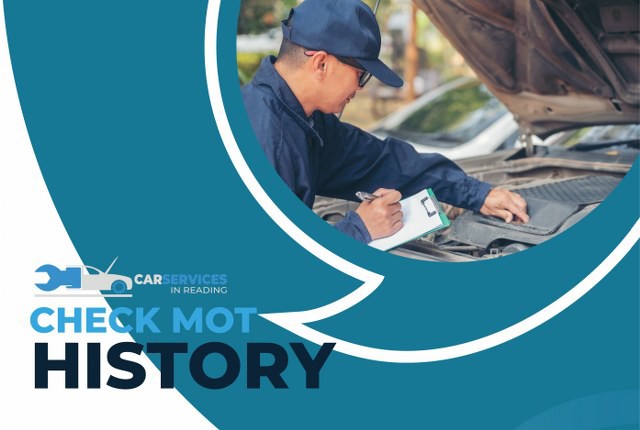
Why Should I Get a New CV boot If the One on My Car Is Torn?
Cars
cannot accelerate if they lack axles. The transmission sends power to the
wheels through axles. The CV joint is a component of the axle that connects the
wheel to the axle. They're necessary for delivering torque from the
transmission to the drive wheels at a consistent speed. CV joints transfer
torque from the front wheels of front-wheel-drive vehicles to the rear wheels.
The
information below relates to CV boots, what occurs when they are ripped, and
the warning signals that this may be the case with your vehicle.
The
majority of drivers and car owners are unaware that a ripped CV boot may result
in a failed MOT. To minimise any more inconvenience, it is advised that you check MOT status of
your car and get the CV boot changed beforehand.
What Is a CV Joint, exactly?
A
CV Joint is a joint on the end of an axle that allows the axle to deliver power
to the front wheels (or rear wheels in some applications) at the same speed
regardless of the front wheels' location. It allows the front wheels to rotate
while maintaining power.
As
a result, a CV Joint improves performance and is a more efficient alternative
to previous U-Joints. These joints must have enough clean grease inside them to
rotate since they move in various directions and are manufactured to very tight
tolerances.When your vehicle takes turns, this prevents them from clunking or
jumping.
Here's
where having a fully functional CV Boot comes in handy. The boot seals in the
oil and protects the joint from dirt, moisture, and heat. It also keeps the oil
in place, preventing it from flying out due to the rotating axle's centrifugal
force.
If
you notice any clunking sounds when driving, search online for car services near me
and book your car in with a professional car mechanic at your earliest
convenience. This will hopefully avoid any further damage to your vehicle and
steering system.
It
is also a good idea that when you are looking for garages in
Reading to perform a routine car service or repair, request the car
mechanic to also complete a full health check on your vehicle so you are aware
of any parts that need repairing or replacing with immediate effect or soon.
The
Implications of a Torn CV Boot
The
joint can be rescued by replacing a damaged CV Boot, which keeps the grease in
the joint and protects it from wear. CV Boots should be evaluated on a regular
basis and changed as soon as they get torn. This sort of preventative
maintenance may save you a lot of money and time in the long run.
The
following are faulty CV joint symptoms:
1. Leaking grease - When a CV
boot tears or splits, grease will often flow onto the inside of the wheel. As
the CV axle spins, this leak can spread to other components of the chassis or
even the underneath of the car.
2. Vibrations from the CV
axle - Vibrations can occur when moisture or debris enters the CV joint,
causing damage. A CV axle that shakes in this way often must be replaced.
3. Clicking or clunking noise
- Your vehicle may generate clicking or clunking noises during turns if a
CV joint has grown loose to the point that play has formed. A clicking or
clunking CV joint should be changed as soon as possible by looking online
for car garages in Reading
and booking your car in with a professional car mechanic.
CV
joints are incredible components that are mistreated throughout the course of a
car's life. All that's necessary to keep them in excellent working order is the
ability to see the indicators of a faulty or failing CV joint boot on your
vehicle.